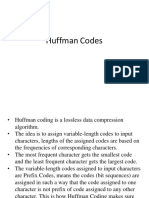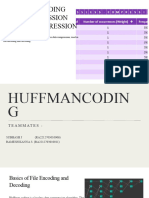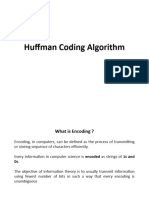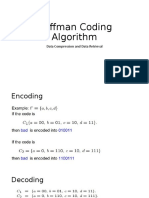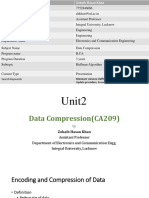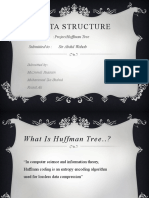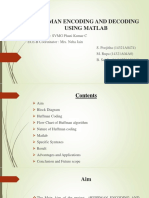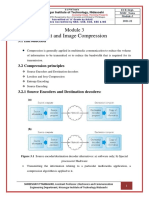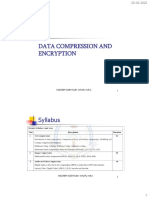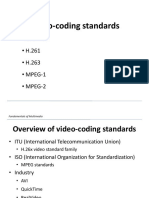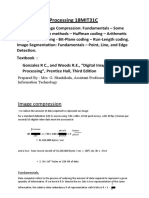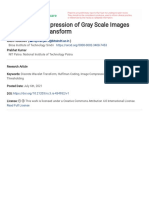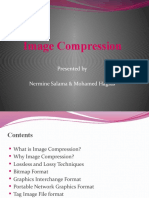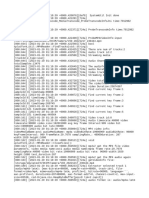0% found this document useful (0 votes)
21 views16 pagesHuffman Encoding
Huffman Coding is a lossless data compression technique that assigns variable-length codes to characters based on their frequency, ensuring that no code is a prefix of another to avoid ambiguity in decoding. It is widely used in various compression formats such as GZIP and JPEG, and is favored over newer coding schemes due to patent issues. The technique effectively reduces the size of data while preserving all details.
Uploaded by
SnehasisCopyright
© © All Rights Reserved
We take content rights seriously. If you suspect this is your content, claim it here.
Available Formats
Download as PDF, TXT or read online on Scribd
0% found this document useful (0 votes)
21 views16 pagesHuffman Encoding
Huffman Coding is a lossless data compression technique that assigns variable-length codes to characters based on their frequency, ensuring that no code is a prefix of another to avoid ambiguity in decoding. It is widely used in various compression formats such as GZIP and JPEG, and is favored over newer coding schemes due to patent issues. The technique effectively reduces the size of data while preserving all details.
Uploaded by
SnehasisCopyright
© © All Rights Reserved
We take content rights seriously. If you suspect this is your content, claim it here.
Available Formats
Download as PDF, TXT or read online on Scribd
/ 16

